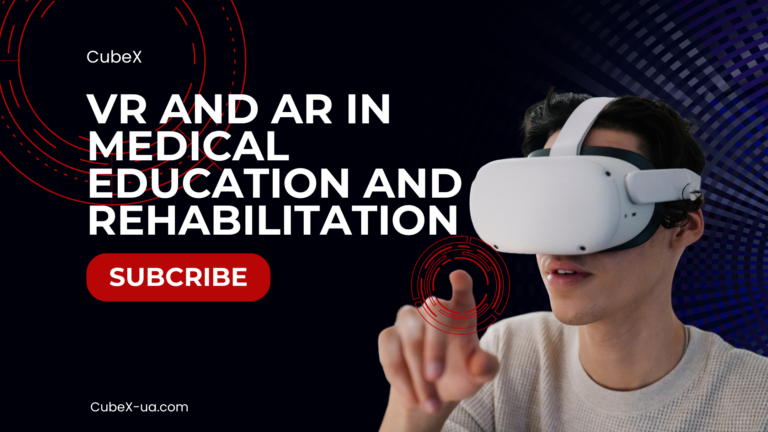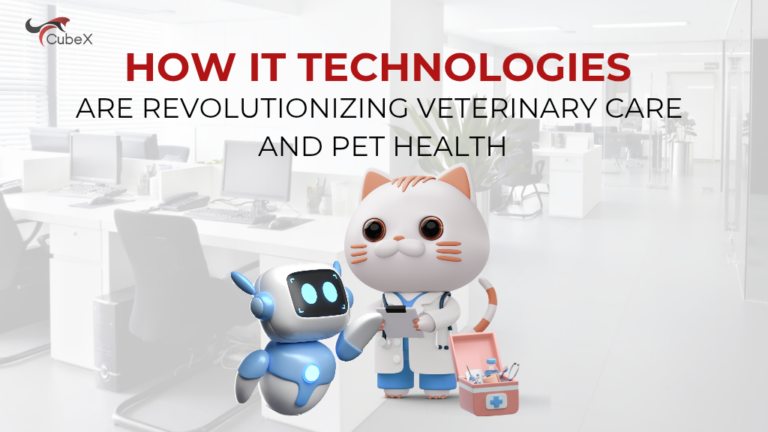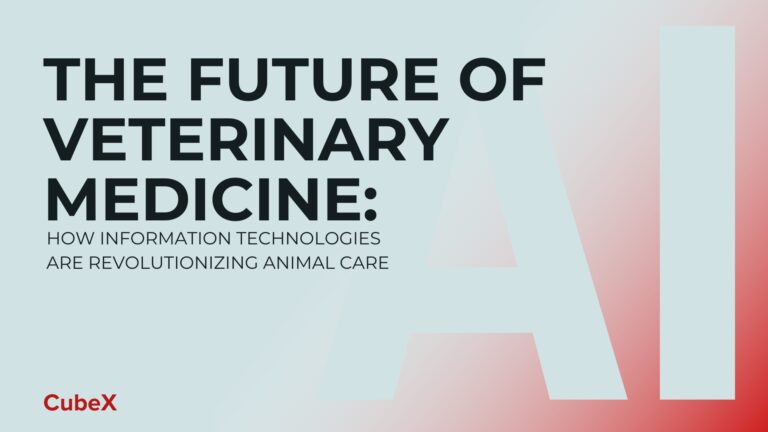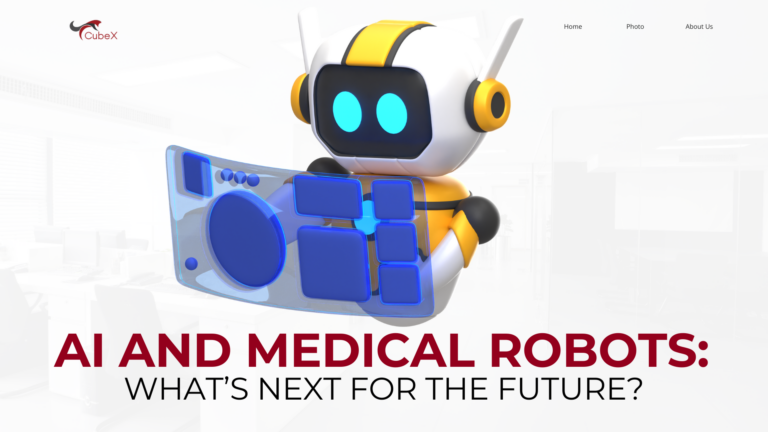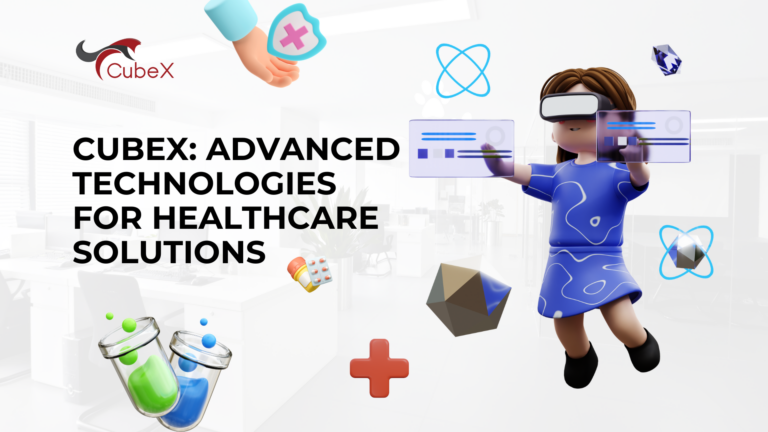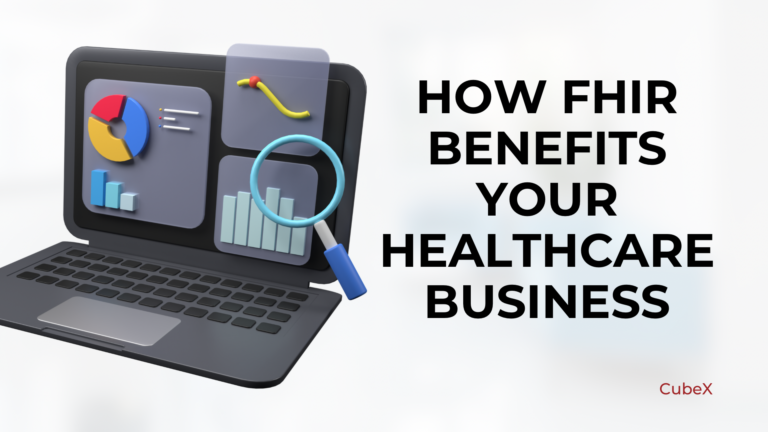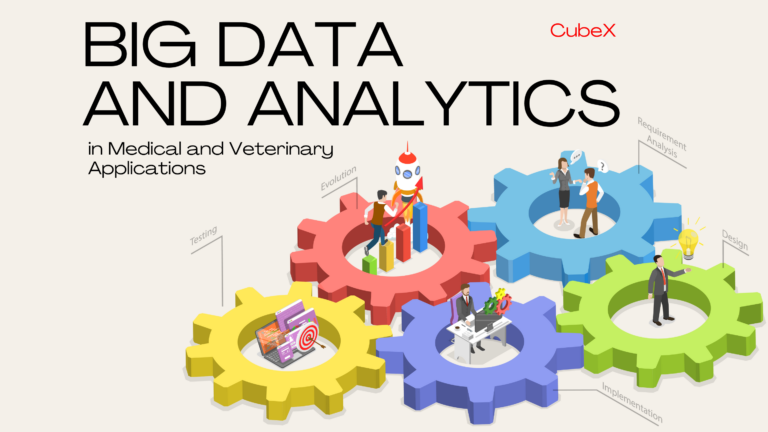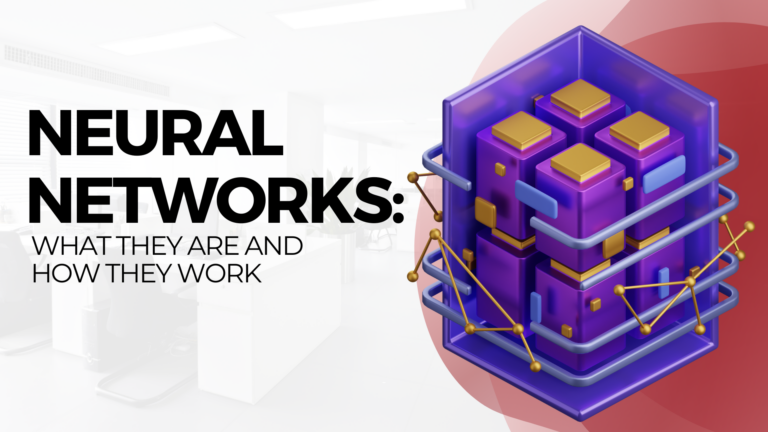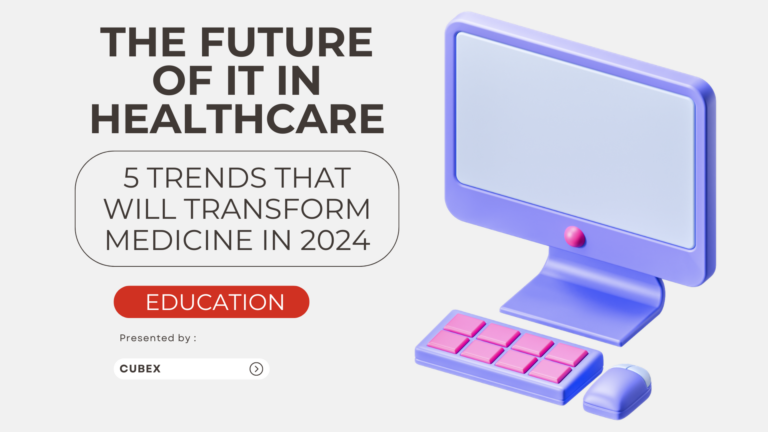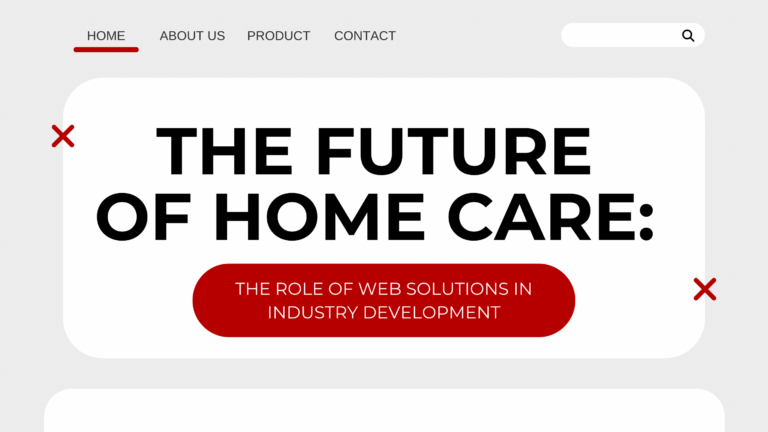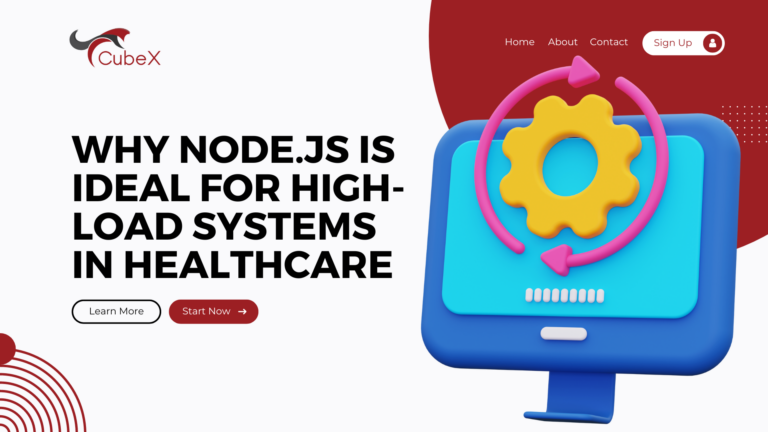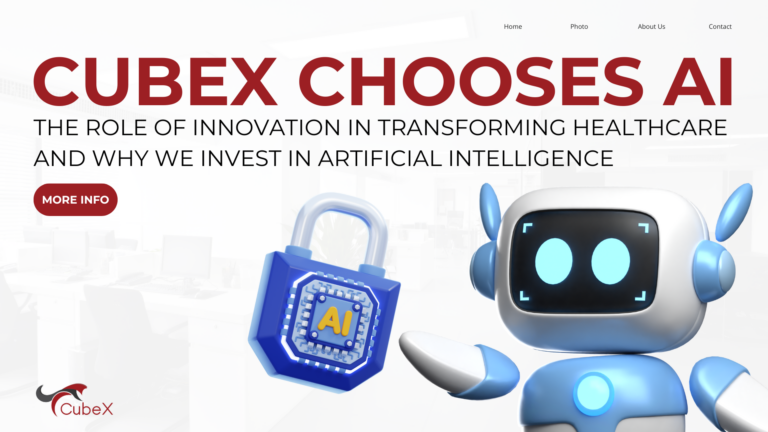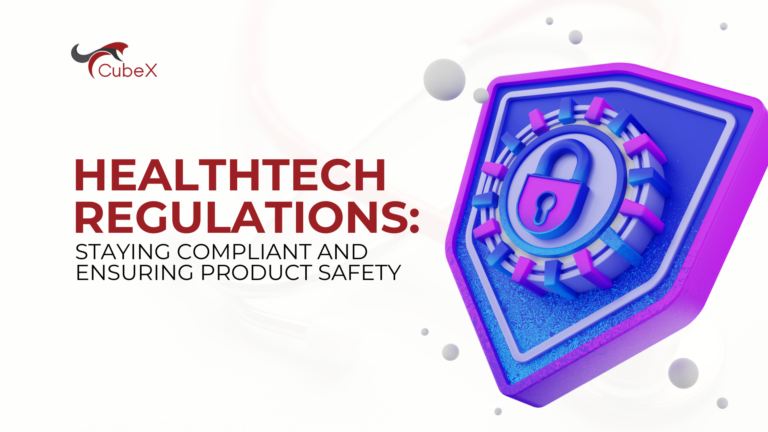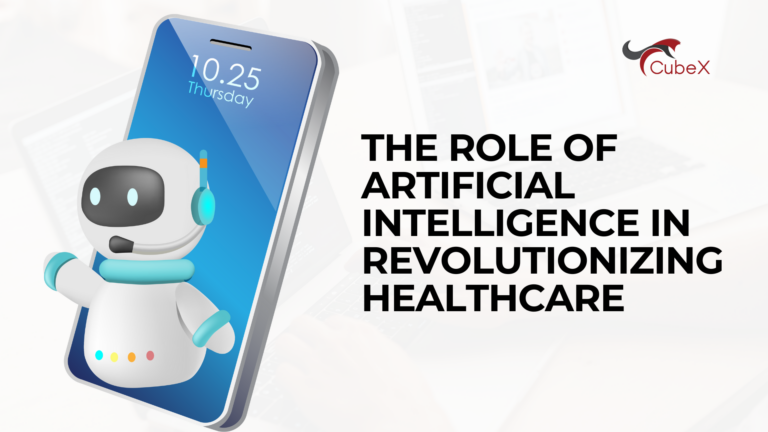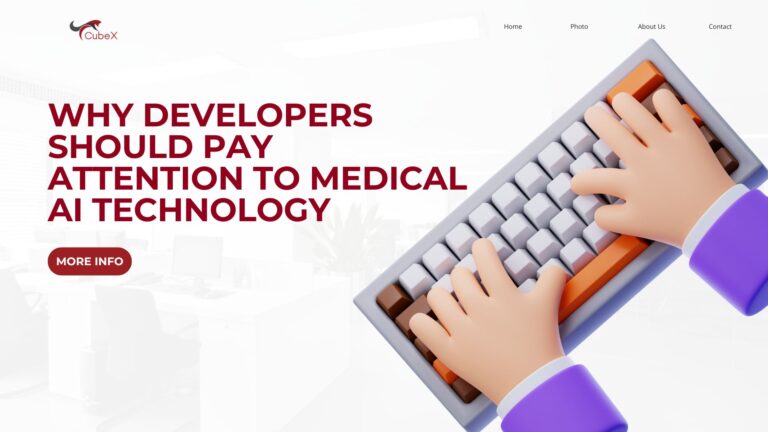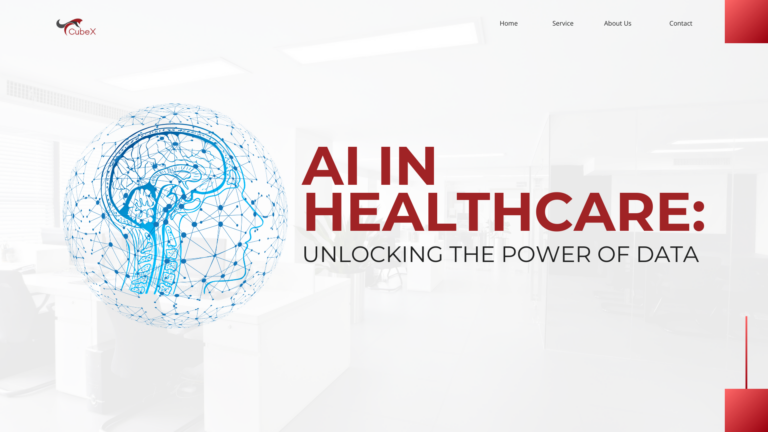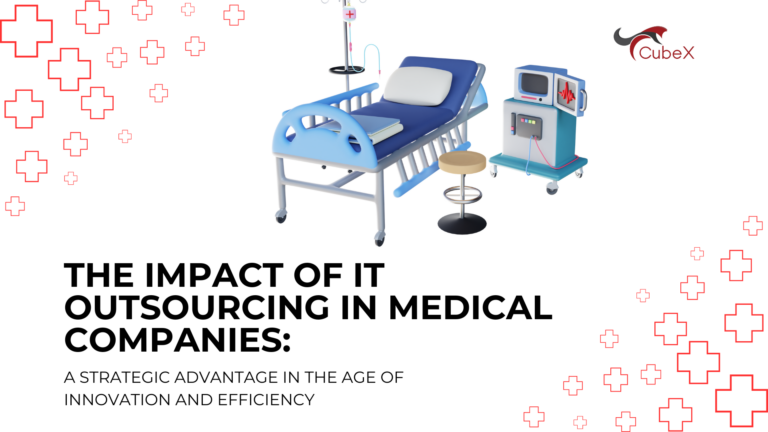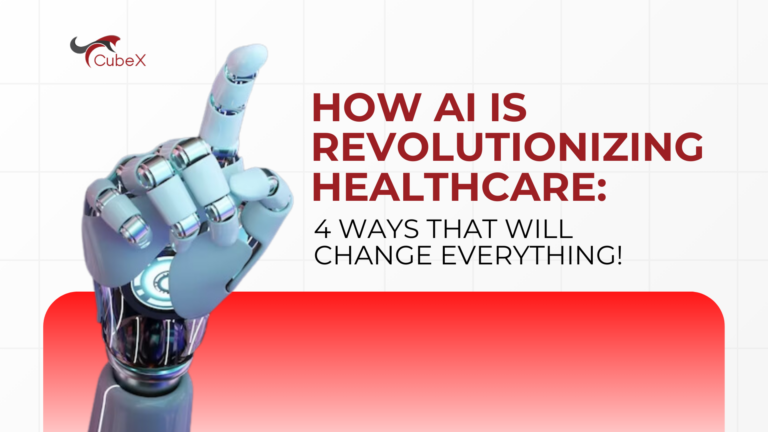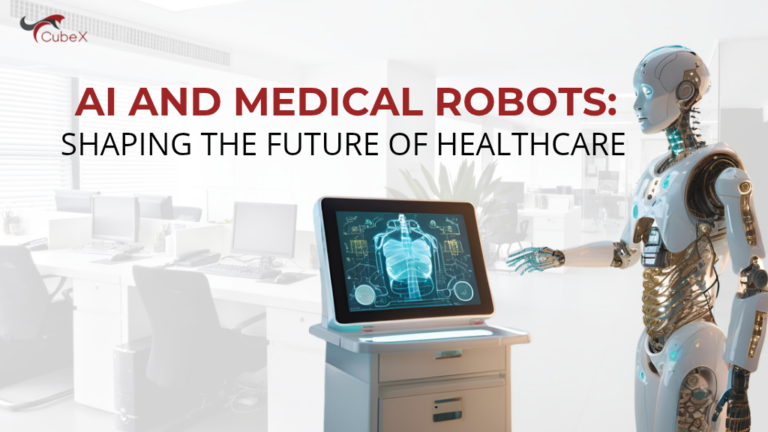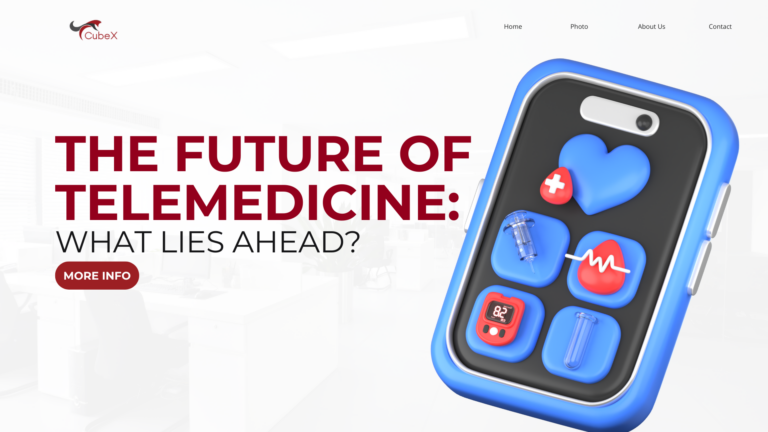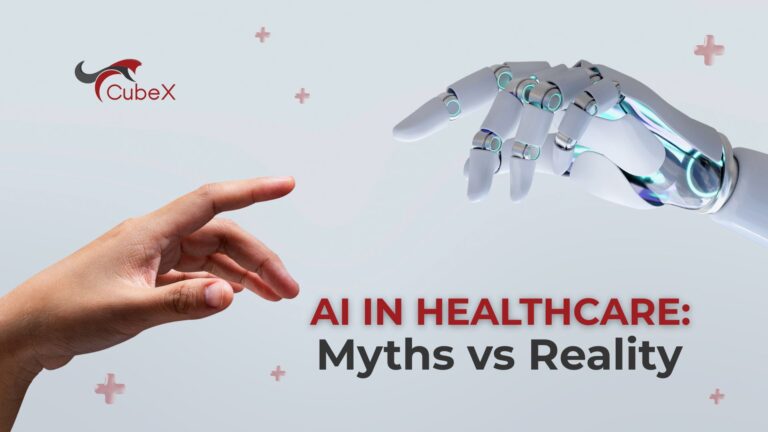AI and Medical Robots: What’s Next for the Future?

The integration of Artificial Intelligence (AI) with robotics has already started to revolutionize healthcare. While the idea of medical robots assisting in surgeries and treatments might have once seemed like science fiction, it’s now a reality. AI-powered robots are improving the precision, efficiency, and safety of medical procedures. But what’s next? Let’s take a deep dive into how AI is shaping the future of medical robots and the transformative impact this technology will have on healthcare systems globally.

The Rise of AI in Medical Robotics
Medical robots are no longer just advanced tools used in surgeries—they are becoming intelligent systems capable of assisting in a variety of medical processes. These robots leverage AI to handle complex tasks like minimally invasive surgeries, diagnostics, and patient care management.
AI and robotics have been increasingly integrated into healthcare for various procedures. Surgical robots, such as the da Vinci Surgical System, already use AI to assist surgeons in performing precise operations. For instance, in a report by Market Research Future, the global surgical robots market is expected to reach a value of $24 billion by 2025, growing at a compound annual growth rate (CAGR) of 16.4%. The rise of AI-powered robots in surgery shows immense promise for both patients and medical professionals.
The key advantage of AI in medical robots is precision. AI systems can process vast amounts of medical data and analyze it in real-time to guide robotic systems during procedures. This minimizes human error and increases accuracy in complex surgeries, such as heart valve replacements, organ transplants, or even neurosurgery.
AI in Rehabilitation: Transforming Post-Surgery Recovery
Medical robots equipped with AI are also playing a critical role in post-surgery rehabilitation. Rehabilitation robots, which use AI to monitor patients and adapt treatments, are becoming more widely adopted in healthcare systems. Unlike traditional rehabilitation processes that often require extensive time and physical therapy sessions, AI-driven rehabilitation robots can deliver personalized care tailored to the specific needs of each patient.
For example, robot-assisted rehabilitation systems like Hocoma’s ArmeoSpring or Ekso Bionics are already helping patients with neuromuscular disorders or post-stroke recovery by offering personalized exercises and adapting to the patient’s progress. These robots analyze the patient’s movements and provide feedback in real time, ensuring that the patient gets the optimal level of care.
According to a report by Transparency Market Research, the global rehabilitation robots market is expected to grow from $1.2 billion in 2020 to $2.5 billion by 2027, with a CAGR of 10.9%. The demand for such robotic systems is driven by the growing need for efficient rehabilitation solutions and the increasing number of patients with mobility issues.
How AI is Making Medical Robots Smarter
One of the most exciting prospects of AI in medical robotics is the potential for these machines to become smarter and more intuitive. With continuous advancements in machine learning and neural networks, AI-powered robots will be able to analyze a broader range of data, adapt to new environments, and make decisions autonomously.
For example, future robots could use AI to identify potential complications during surgery or treatment that might not be immediately visible to human practitioners. They will be able to assess patient data such as vital signs, imaging, and medical history in real-time to optimize surgical strategies and predict recovery outcomes.
Moreover, AI’s ability to integrate data from wearable medical devices and sensors could enable robots to not only perform procedures but also manage ongoing care. Patients will receive continuous monitoring and adjustments to their treatment plans, with robots constantly learning and refining their approaches based on the latest data.
The Efficiency and Cost-Effectiveness of AI Medical Robots
A significant concern for healthcare providers and patients alike is the cost of medical treatments. While AI-powered robots in healthcare initially come with high investment costs, they can lead to long-term savings by improving efficiency and reducing the need for repeated procedures. For example, AI-powered systems could minimize the length of hospital stays, reduce recovery times, and lower the incidence of surgical complications, all of which contribute to a decrease in healthcare costs.
A 2019 study published in the Journal of Robotic Surgery found that robotic surgery significantly reduced operating times and improved patient outcomes. For example, robotic surgeries for prostate cancer reduced hospitalization time by an average of 30%. This is just one example of how AI and robotics can improve the healthcare system’s overall efficiency.
Additionally, AI can assist in diagnosing conditions more accurately and rapidly than traditional methods, potentially reducing the number of misdiagnoses and unnecessary tests. In fact, a 2019 study by the National Institute of Healthshowed that AI systems can outperform radiologists in detecting diseases such as breast cancer, offering a higher accuracy rate for early diagnosis. As AI continues to improve, it will help healthcare systems worldwide to be more cost-effective while improving patient care.
The Future of AI in Medical Robots
As AI and robotics continue to evolve, the future of medical robots looks incredibly promising. We can expect to see robots performing more complex procedures, handling tasks that once seemed unimaginable, and playing an even larger role in healthcare.
In the coming years, AI medical robots will likely:
- Perform robot-assisted surgeries across a broader range of specialties, from orthopedics to ophthalmology.
- Assist in remote surgeries through telemedicine, providing access to specialized care for people in remote areas.
- Offer AI-driven diagnostics and predictive analytics to identify health issues before they become critical, enhancing preventative care.
- Enhance patient monitoring and rehabilitation by leveraging continuous data collection and real-time adjustment of therapies.
Conclusion
The impact of AI-powered medical robots on healthcare is undeniable. They are enhancing surgical precision, improving patient outcomes, reducing recovery times, and making healthcare more accessible and cost-effective. The technology is still evolving, and as it does, it promises to make healthcare smarter, faster, and more efficient.
At CubeX, we are at the forefront of leveraging AI and robotics in healthcare. As we continue to innovate and push the boundaries of what’s possible, we are excited to be part of a future where medical robots are transforming the way we treat and care for patients. The future of medicine is here—and it’s powered by AI.
#MedicalRobots #AIinHealthcare #Robotics #FutureOfMedicine #HealthTech #MachineLearning #Innovation #CubeX #TechForGood #AIRevolution #SurgicalRobots
Contact Us
Please contact us for any further information























